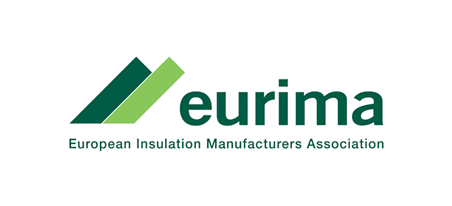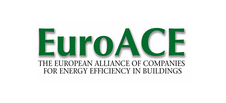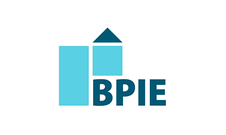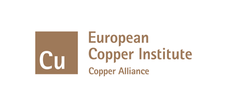Search eceee proceedings
Property transfer tax reform – a game changer for energy efficiency retrofits?
Panel: 6. Buildings policies, directives and programmes
This is a peer-reviewed paper.
Authors:
Andreas Jahn, The Regulatory Assistance Project (RAP), Belgium
Jan Rosenow, RAP
Abstract
The selling and purchasing of a home is the window of opportunity in an ongoing use of a building and that for a critical trigger point for making refurbishments to a property. Buying a property is usually associated with paying a Property Transfer Tax (PTT), which can amount to significant costs to the purchaser. In this paper, we explore the potential for linking PPT to the energy performance of the building that is being sold and/or any energy efficiency improvements carried out after purchase. To our knowledge, such a mechanism currently does not exist anywhere in the world and if designed carefully could provide an important demand driver and financing mechanism for energy efficiency. An energy efficiency PTT would need to strike the appropriate balance between stimulating demand amongst consumers so that they upgrade their properties and increases their value, while also ensuring the scheme is revenue neutral to the finance ministry. In the paper, we investigate how PPT would need to be designed in order to achieve both aims.
We use two case studies (Germany and the United Kingdom) to illustrate how an energy efficiency PPT could work in practice. The two countries have very different PTT mechanisms in place, although the volumes of revenue are similar. In Germany PPT levels are set at the regional level by the Länder whereas in the UK England, Wales & Northern Ireland set the same rates but Scotland uses different rate bandings.
Based on the two case studies, we present ideas for as well as the potential and the challenges of a PPT reform that is based on the energy efficiency of sold properties. We also set out further research needs and policy recommendations to put this concept into practice.
Downloads
Download this presentation as pdf: 6-129-17_Jahn_presentation.pdf
Download this paper as pdf: 6-129-17_Jahn.pdf
Panels of
1. Foundations of future energy policy
2. Policy: governance, design, implementation and evaluation challenges
4. Mobility, transport, and smart and sustainable cities
5. Buildings and construction technologies and systems
6. Buildings policies, directives and programmes
7. Appliances, products, lighting and ICT
8. Monitoring and evaluation: building confidence and enhancing practices























